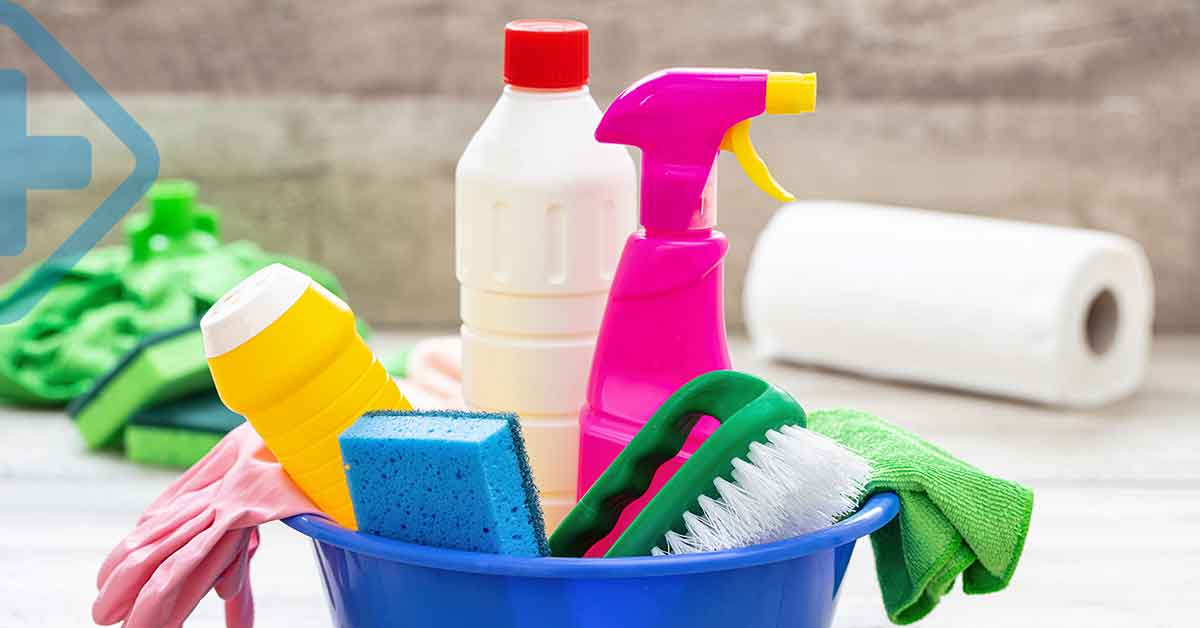
In our daily lives, we interact with a myriad of household products, from cleaning agents to personal care items. While these products are designed to make our lives easier, many contain chemicals that can pose health risks if not handled properly.
Moreover, the occasional occurrence of recalls due to safety concerns adds another layer of complexity to ensuring the safety of our homes. This article will delve into the fundamentals of chemical safety in the home and provide practical guidance on protecting yourself and your family from potential harm, especially in light of recalled household products.
Understanding Chemical Exposure
Chemicals are ubiquitous in modern life, and exposure to them can occur through various routes, including inhalation, ingestion, and skin contact. While many household products contain chemicals that are safe when used as directed, others may pose health risks, particularly if they are improperly manufactured, labeled, or stored.
Exposure to hazardous chemicals can lead to a range of adverse health effects, including irritation, allergic reactions, respiratory problems, and even more severe conditions such as poisoning or cancer.
Recognizing the Risks
One of the first steps in protecting yourself and your family from chemical exposure is to be aware of the potential risks associated with household products. Certain chemicals commonly found in household cleaners, pesticides, and personal care items have been linked to health concerns, prompting regulatory agencies to issue recalls or warnings.
These recalls may be due to contamination, mislabeling, or the presence of hazardous ingredients beyond acceptable limits.
Identifying Warning Signs of Chemical Exposure
It’s essential to recognize the warning signs of chemical exposure and know when to seek medical attention. Symptoms of chemical exposure can vary depending on the type of chemical involved and the route of exposure but may include:
- Skin irritation or rashes
- Eye irritation or redness
- Respiratory symptoms such as coughing or difficulty breathing
- Nausea, vomiting, or gastrointestinal distress
- Headaches or dizziness
- Fatigue or weakness
If you or a family member experiences any of these symptoms after coming into contact with a household product, it’s crucial to take prompt action to minimize further exposure and seek medical advice if necessary. Various household products have been associated with large cases of exposure leading to group payouts for those affected.
Navigating Recalled Household Products
When household products are recalled due to safety concerns, it’s essential to respond quickly and appropriately to minimize the risk of harm. Recalls may be initiated by manufacturers, regulatory agencies, or consumer complaints and typically involve removing the affected products from the market or providing instructions for safe disposal or return.
If you become aware of a recall involving a household product you use, take the following steps:
- Stop using the product immediately: Discontinue use of the recalled product to prevent further exposure to potentially harmful chemicals.
- Follow recall instructions: Pay attention to the recall notice and follow any instructions provided by the manufacturer or regulatory agency. This may include returning the product for a refund or disposing of it safely according to specific guidelines.
- Check for alternative products: Look for safer alternatives to the recalled product that meet your needs without posing unnecessary risks to your health or the environment.
- Report adverse reactions: If you experience any adverse health effects associated with the recalled product, report them to the manufacturer and relevant regulatory authorities. This helps to ensure that appropriate action is taken to address safety concerns and prevent future incidents.
Preventing Chemical Exposure in the Home
While recalls play a vital role in addressing safety concerns related to household products, proactive measures can also help minimize the risk of chemical exposure in the home:
- Read labels carefully: Take the time to read and understand the labels on household products, including warnings, instructions for use, and safety precautions.
- Store chemicals safely: Store household products in their original containers, away from children and pets, and in a cool, dry place out of direct sunlight.
- Use protective equipment: When handling potentially hazardous chemicals, such as cleaning agents or pesticides, use appropriate protective equipment such as gloves, goggles, or masks to reduce the risk of exposure.
- Ventilate your home: Ensure adequate ventilation in your home, particularly when using products that emit fumes or aerosols. Open windows and use exhaust fans to remove airborne contaminants.
- Choose safer alternatives: Look for household products labeled as environmentally friendly, non-toxic, or free from harsh chemicals. Consider DIY cleaning solutions using natural ingredients like vinegar, baking soda, and lemon juice.
- Dispose of chemicals properly: Follow local regulations for the safe disposal of household chemicals, including hazardous waste collection programs or designated drop-off locations.
Chemical safety is paramount for protecting yourself and your family from potential harm associated with household products. By understanding the risks of chemical exposure, recognizing warning signs of toxicity, and taking proactive steps to minimize exposure, you can create a safer and healthier environment in your home. \
In the event of a recall involving a household product, respond promptly and follow instructions to ensure your safety and prevent further harm. With vigilance and awareness, you can navigate the complexities of chemical safety in the home and enjoy peace of mind, knowing that you’re taking steps to protect your well-being.
Martin Ellis
Related posts
Stay connected
Today's pick
- Safety Essentials Every CNC Operator Should Follow DailyCNC machining demands precision, consistency, and discipline—but above all, it requires strict attention to safety. Whether you’re working with mills, lathes, routers, or grinders, every machine has the potential to cause serious injury if mishandled. That’s why CNC operators must follow safety protocols daily, no... The post Safety Essentials Every CNC Operator Should Follow Daily […]
